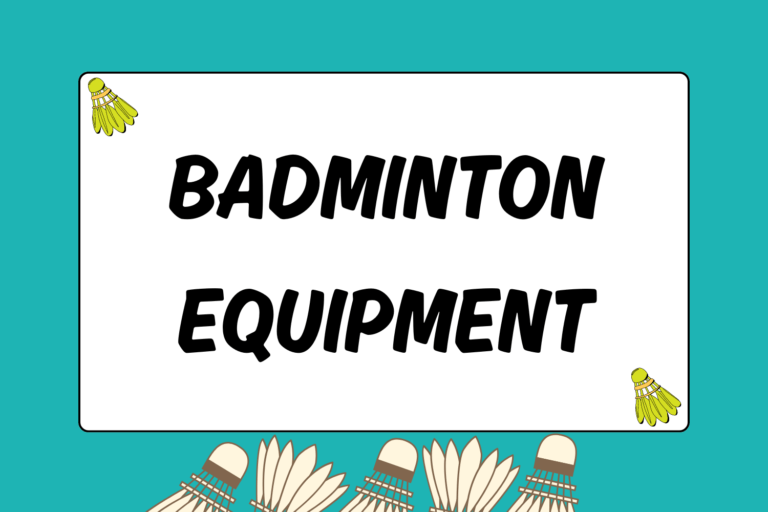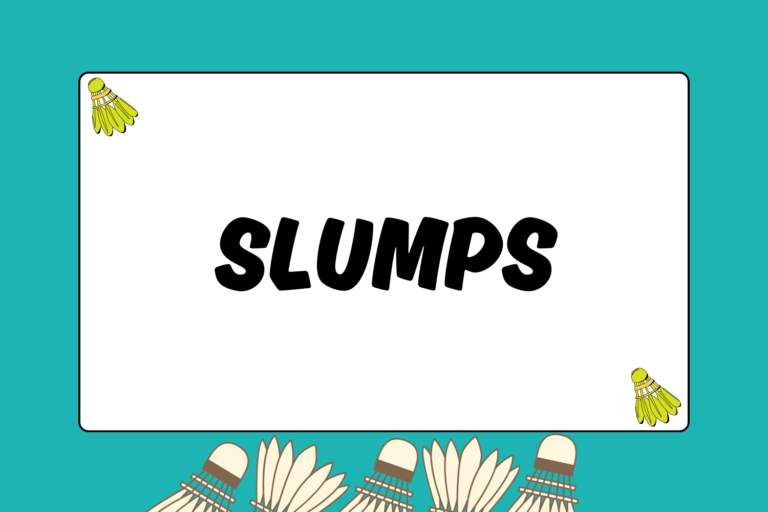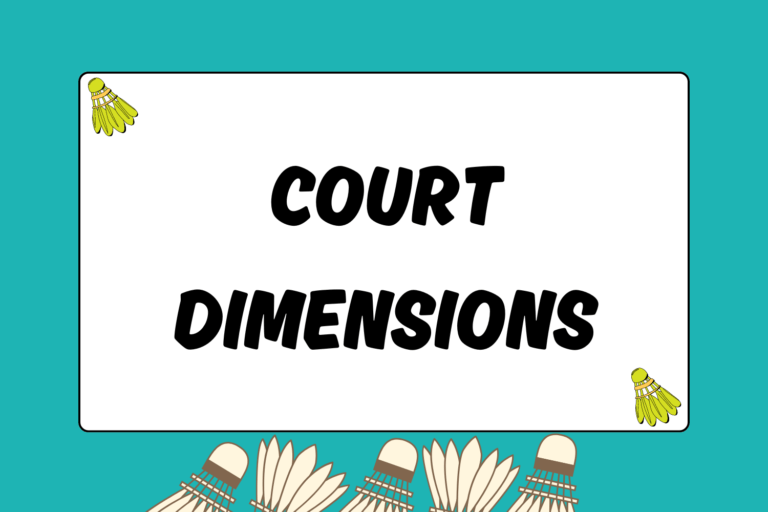You’ve mastered the clear shot, but you’re looking for a way to add another dimension to your game. The versatility of the drop shot is the perfect complement to your clear shot because together, they will force your opponent to the corners of the court.
There are two main types of drop shots that require different mechanics. There is a drop shot taken from the baseline and a drop shot taken at the net. Although they’ll use different techniques, they are both trying to force your opponent into a tough situation.
Ideally, your opponent would miss the shot completely, but you should at least expect him to hit a high, weak return that gives you an easy kill.
Baseline Drop Shot
As you learn the baseline drop shot, always keep in mind that you are trying to force your opponent to move. Any drop shot that lands past the short service line will be too easy to return, and any drop shot that has an upward trajectory coming off the racket will be an easy net kill.
It may seem difficult to avoid these things initially, but they are key goals to work toward.
Stroke & Form
The stroke and form you use for the baseline drop shot should be similar to those for clear shots. Be sure to have both arms raised and bent at the elbows to form a 90-degree angle before you take the shot. Next, you should rotate your racket arm across your body as you swing. To keep your shots consistent, remember to follow through. This means that after you strike the shuttlecock, your racket should come across your body and end with the racket on your backhand side.
In order to keep the opponent guessing about which shot you’ll hit next, your stroke and form should be identical with all overhead shots. Even subtle hints can tip an opponent off and significantly reduce the effectiveness of your shot. Remember to stay balanced, follow through, and use your body rotation.
Hitting the Shuttlecock
It may seem counter-intuitive, but the drop shot should have a flat trajectory coming off the racket. Although this would allow your opponents slightly more time to reach the shuttlecock, its trajectory will make it extremely difficult to return. The shuttlecock’s skirt slows a drop shot down to the point where it basically falls over the net and creates a steep angle from which your opponent must return the shot.
Drop shots are all about using angles to your advantage. This is why so much finesse is required to master this shot. While it wouldn’t be disastrous to aim the shuttlecock downward, remember that a drop shot taken overhead should absolutely not be angled upward.
Aiming the Shuttlecock
A good drop shot will yield a weak return; a perfect drop shot won’t be returned at all. Excellent drop shots should land in front of the short service line and near the front two corners.
The closer the shuttlecock lands to the net, the harder it will be for your opponent to return it. You’ll also want the shuttlecock to pass low over the net to eliminate any chance your opponent may have to end the rally quickly.
Hot Tip: Placement Over Power
Keeping this motto in mind will drastically improve your drops and general shot selection. In most situations, a well-placed shot is preferable over a hard-hit shot because it conserves your energy while forcing your opponent to expend more.
Net Drop Shot
While the baseline drop shot requires precision, a net drop demands even greater accuracy. When dealing with the shuttlecock in such close proximity to the net, an inch makes all the difference in the world.
Hit a drop shot too high, and you’ll set your opponent up for an easy kill. If the drop shot is hit too far, it will be easy to return or land outside the boundaries.
Stroke & Form
The technique used for a net drop is noticeably different from overhead shots. The idea here isn’t so much the stroke as it is the touch. To excel at net drop shots, you’ll need to become familiar with the shuttlecock – namely, its weight and flight behavior. The drop should be taken as high as possible to give yourself more angles with which to work.
Your footwork and form will dictate how well you can use your net drops. Lunging with your legs and reaching with your arms are essential components to hitting a good net drop because they allow you to be efficient with your footwork and effective with your shot. By lunging and extending your arm out, you reduce the amount of energy and time spent returning the shot by not having to take an extra step.
Hitting the Shuttlecock
When playing close to the net, the angles you choose to strike the shuttlecock will have a significant impact. Preferably, you shouldn’t need to swing your racket when hitting a net drop. Instead, you should “push” the shuttlecock.
Pushing is simply moving your arm while keeping your wrist stationary. The nature of a shuttlecock is so delicate that it is essential to get a good feel of how it reacts to your racket. Through repetition, you should be able to judge how much force you should use when pushing the shuttlecock.
Aiming the Shuttlecock
While the baseline drop shot aims to fall before the short service line, the net drop shot demands even greater placement. The margin of error is smaller when hitting shots so close to the net.
Naturally, the front corners are prime spots to aim for, but more importantly, you should keep the shuttlecock as low as possible while still having it pass over the net. Hitting the shuttlecock a few inches too high can leave the opponent just enough time and space to make an aggressive net kill to end the rally.
Again, the key here is familiarity with the shuttlecock. Once you can feel how the shuttlecock will react, you can begin to place your net drops with greater accuracy and consistency.
Practicing the Drop Shots
Initially, you should have a partner with whom to hit drop shots. Start with the baseline drop shot and pay close attention to the trajectory of the shuttlecock as it comes off your racket. Your partner should hit a high clear that lands near the baseline, so you’ll have enough time to get into position. Remember, the shuttlecock should come off the racket flat so that it will drop over the net at a sharp angle.
For the net drop shot, your partner should be able to dependably hit drops to help you become familiar quickly. After you gain some consistency with both shots, start incorporating some footwork to help simulate a game situation. Most of the time, your shots will be taken while you’re moving, so it’s a good idea to mix in some footwork to help you better prepare for a game.
Keep them Moving
After learning any new shot, it’s important to incorporate it into your skill set during a game. When you begin to play, think about moving your opponent around the court as much as possible.
If you’ve just hit a clear shot, then a drop shot would surely force your opponent to cover the length of the court. In another scenario, if you’ve just hit a drop shot in the left corner, you might be able to fool your opponent by following up with a drop shot to the right corner.
In either case, your opponent will be working hard if you can place your shots well.





